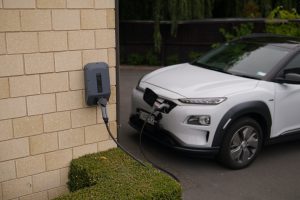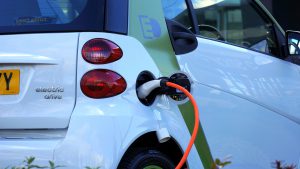Everybody’s gung-ho on EVs (Electric Vehicles), are we another sheep in the herd?
 The primary motive of any business is to earn profits. Why are we saying this now – because today, there are businesses that have hardly made any profits which in turn means that they have destroyed shareholder’s wealth, although they have been very beneficial for the consumer.
The primary motive of any business is to earn profits. Why are we saying this now – because today, there are businesses that have hardly made any profits which in turn means that they have destroyed shareholder’s wealth, although they have been very beneficial for the consumer.
A few examples of such businesses can be airlines, which have been highly beneficial for the mankind but most of them have failed to make any profits. A recent example would be food delivery apps which provide us with the convenience of quickly delivering food at our doorstep, have been losing money.
What’s common here? Huge capital investment. A highly capital-intensive sector needs barriers to entry for the players to make money. If there are too many players, each one of them have to keep investing in order to just capture a small piece of the pie. Every player fails to make return on investment higher than their cost of capital, hence, all of them lose money.
Who benefits here – First, the consumer, who gets the products which are cheaper, with better quality and higher variety. Secondly, in the longer run, a player or just a handful of them who emerge as winners.
What does it take for the business to emerge as a winner – lower cost production, scalability and better quality of product. Achieving all three at the same time and on a consistent basis is extremely challenging when you have to face competitors who are also running towards the same goal.
Companies dealing in electric vehicles will be facing teething problems as they have to spend heavily on technology and infrastructure right from the initial stage. Legacy automobile manufacturers, which are funding their EV losses from their ICE (Internal combustion engine) business, are competing with new entrants specializing in EVs with the backing of deep pocketed private equity funds.
What is the conclusion? Are we writing obituaries of auto companies? – certainly not. There is a big market to be captured both for ICE vehicles as well as EV. The hope is that, whoever emerges as the winner may eventually turn profitable, although, nobody knows when.
Volume data of electric vehicles sold
Source: Federation of Automobile Dealer’s Association
Consulting firm RBSA Advisors estimates Indian EV industry to grow by 90% every year for the next 10 years and will touch USD 150 bn in 2030.


Disclaimer: “The views expressed are for information purposes only. The information provided herein should not be considered as investment advice or research recommendation. The users should rely on their own research and analysis and should consult their own investment advisors to determine the merit, risks, and suitability of the information provided.”



